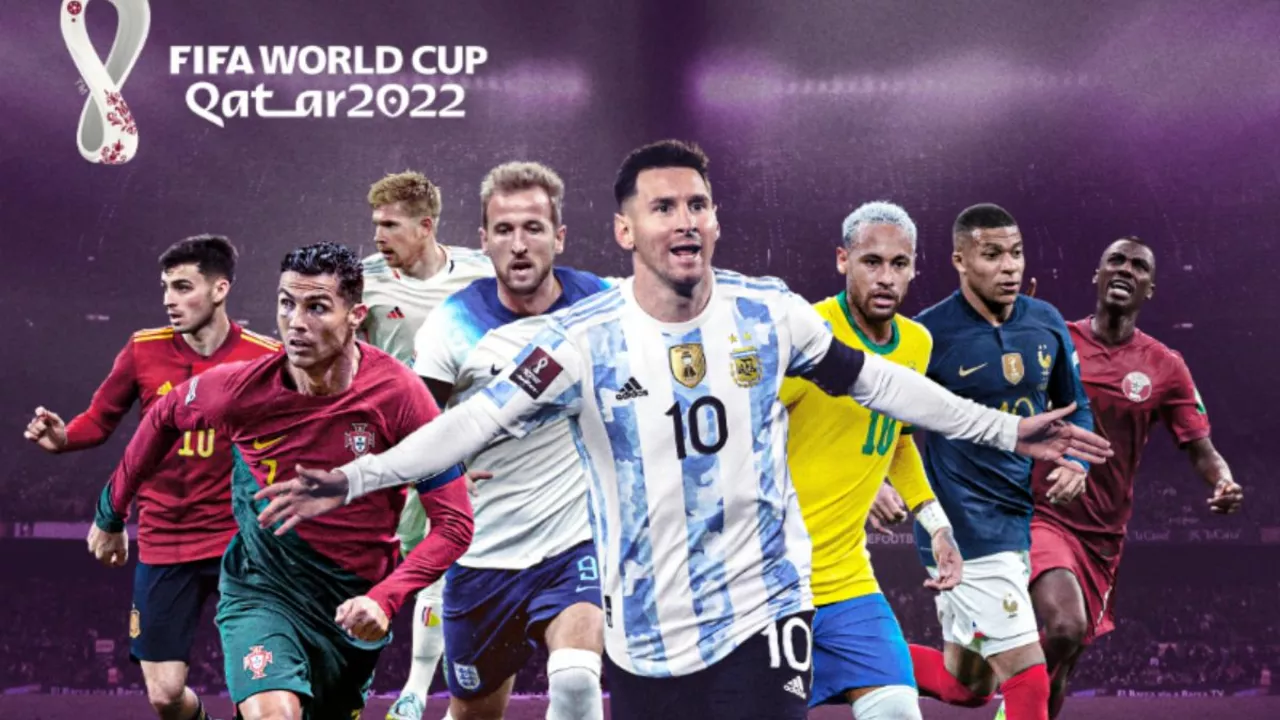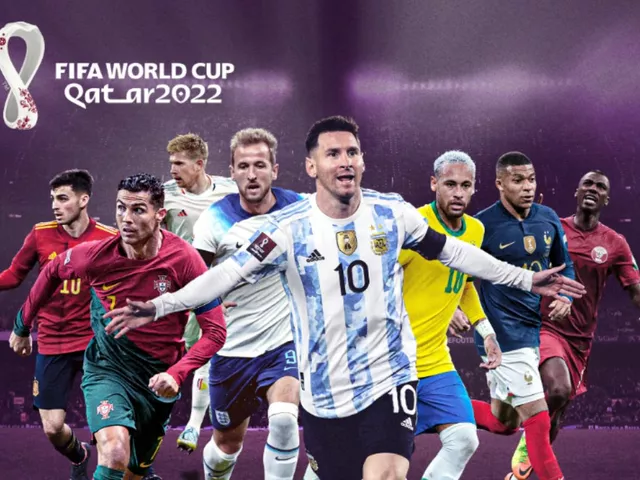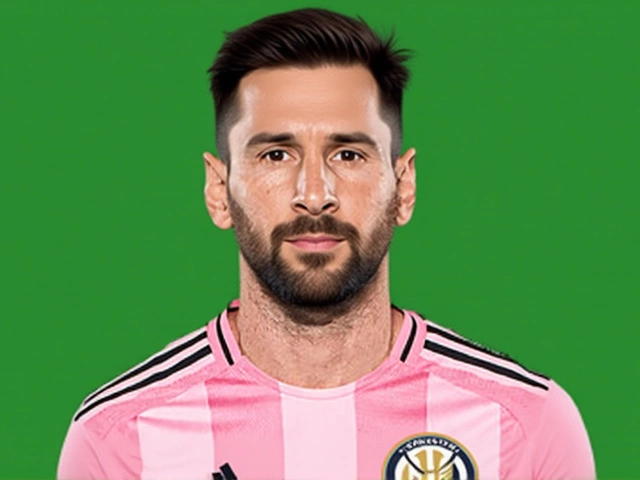
Introduction to World Cup Footballs
As a football enthusiast, I have always been intrigued by the many aspects of the game - the strategies, the players, the stadiums, and even the ball used. Yes, the ball! It is the fundamental unit of the game, and yet, not many of us know about its origins or manufacture. This article will delve into the creation of the football for one of the most anticipated events in the world - the 2022 World Cup.
The Evolution of World Cup Footballs
Since the advent of the FIFA World Cup in 1930, the design and manufacture of the footballs used have evolved significantly. The balls used in the early tournaments were made from heavy leather and were laced up. Over time, they have transformed into lighter, synthetic, aerodynamic spheres designed to optimize performance and durability. Each World Cup presents a new design, reflecting the culture and spirit of the host nation, and the 2022 World Cup in Qatar is no exception.
Who Makes the Ball?
The honor of making the official football for the FIFA World Cup has been held by Adidas since 1970. The German sportswear giant has been responsible for creating iconic footballs that have graced the World Cup stage, such as the Brazuca for Brazil 2014 and the Telstar for Russia 2018. For the 2022 World Cup, Adidas once again holds the contract to manufacture the official match ball.
The Country Behind the Ball
While Adidas, a German brand, designs the football, the actual production takes place in a different part of the world. For many years, the footballs for the World Cup have been made in the South Asian country of Pakistan. Known for its skilled artisans and quality craftsmanship, Pakistan has been the unsung hero behind the most iconic footballs in World Cup history.
Pakistan's Football Manufacturing Legacy
The city of Sialkot in Pakistan is renowned worldwide for its sports goods manufacturing, particularly footballs. Employing traditional hand-stitching techniques combined with modern technology, the factories of Sialkot produce high-quality, durable footballs that meet FIFA's stringent standards. Pakistan's long-standing association with World Cup footballs is a testament to the country's skill and expertise in this field.
The Making of the 2022 World Cup Football
The football for the 2022 World Cup, like its predecessors, is being made in Pakistan. The ball is hand-stitched, ensuring each panel is perfectly aligned to ensure optimal performance. The design and features of the ball are kept under wraps until closer to the tournament, but we can expect it to be a perfect blend of tradition and innovation, reflecting the spirit of Qatar and the essence of the World Cup.
Quality Assurance and Testing
Before the ball can grace the World Cup stage, it undergoes rigorous testing to ensure it meets FIFA's strict quality standards. The ball is tested for weight, circumference, roundness, rebound, water absorption, loss of pressure, and shape and size retention. Only when it passes all these tests can it be deemed ready for the World Cup.
The Impact on Pakistan's Economy
The manufacturing of World Cup footballs has a significant positive impact on Pakistan's economy. It not only provides employment opportunities for the local population but also brings in valuable foreign exchange. The pride and prestige associated with being the makers of the World Cup football also boost the country's global image.
Conclusion: Beyond Just a Game
Football is more than just a game. It's a unifying force that transcends borders and cultures. The football for the 2022 World Cup, made in Pakistan but designed in Germany, is a symbol of this global unity. It's a testament to the skill and dedication of the artisans of Sialkot, the innovation and quality assurance of Adidas, and the global love for the beautiful game. As we gear up for the 2022 World Cup, let's take a moment to appreciate the craftsmanship and global cooperation that goes into creating the humble football.







Write a comment